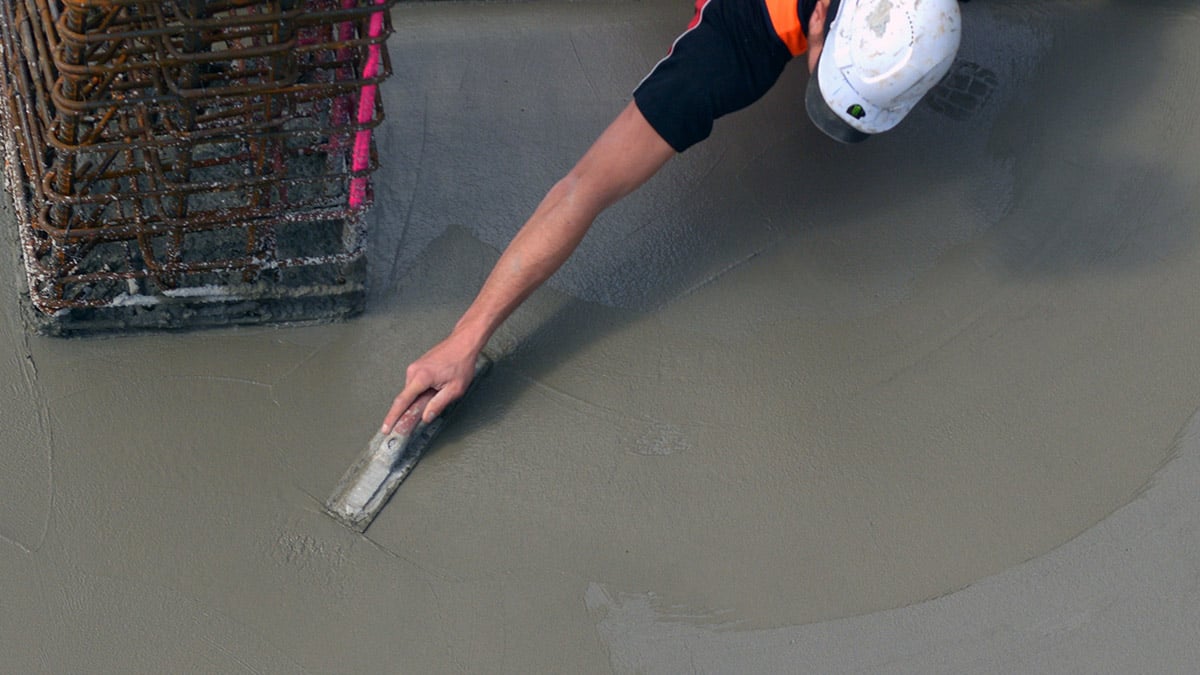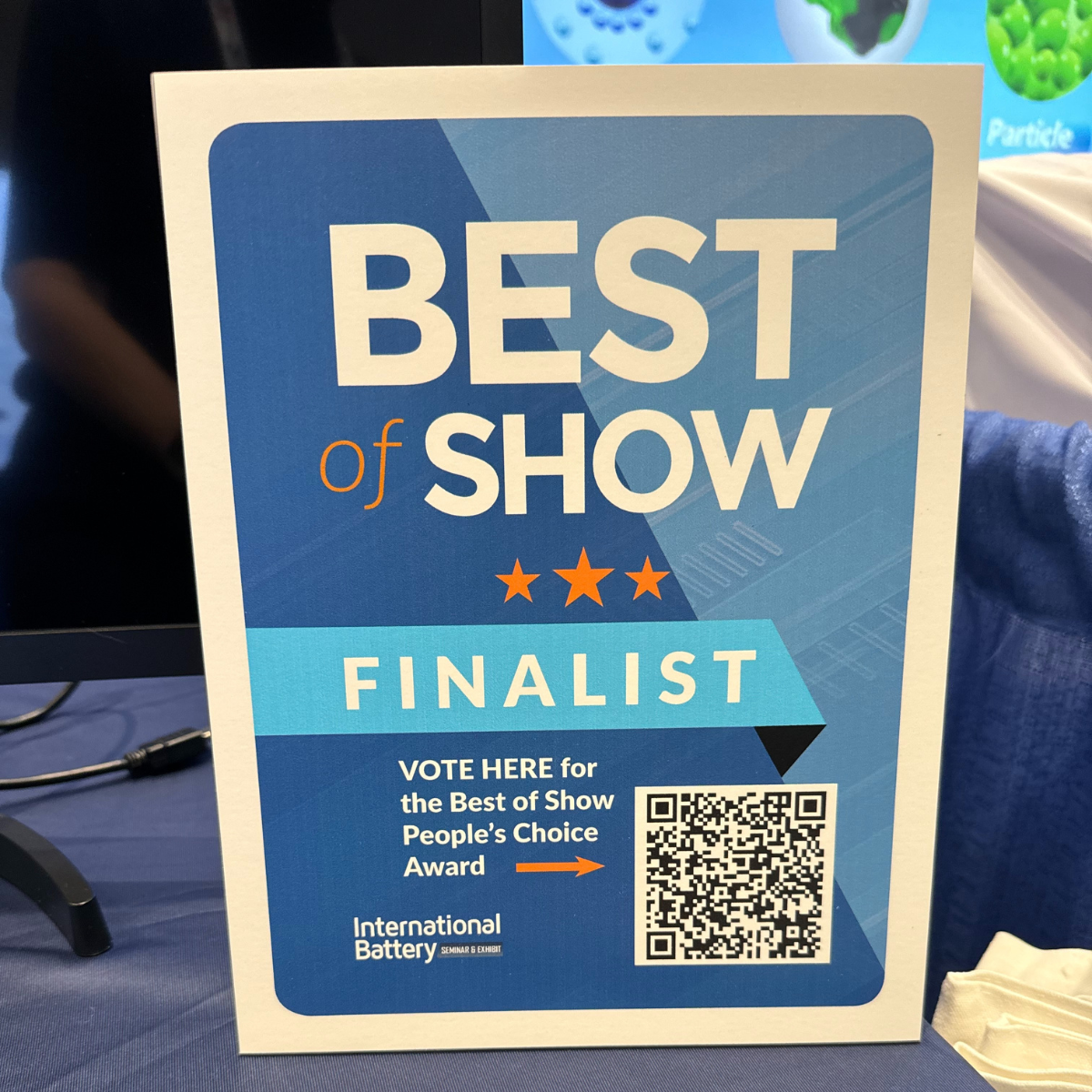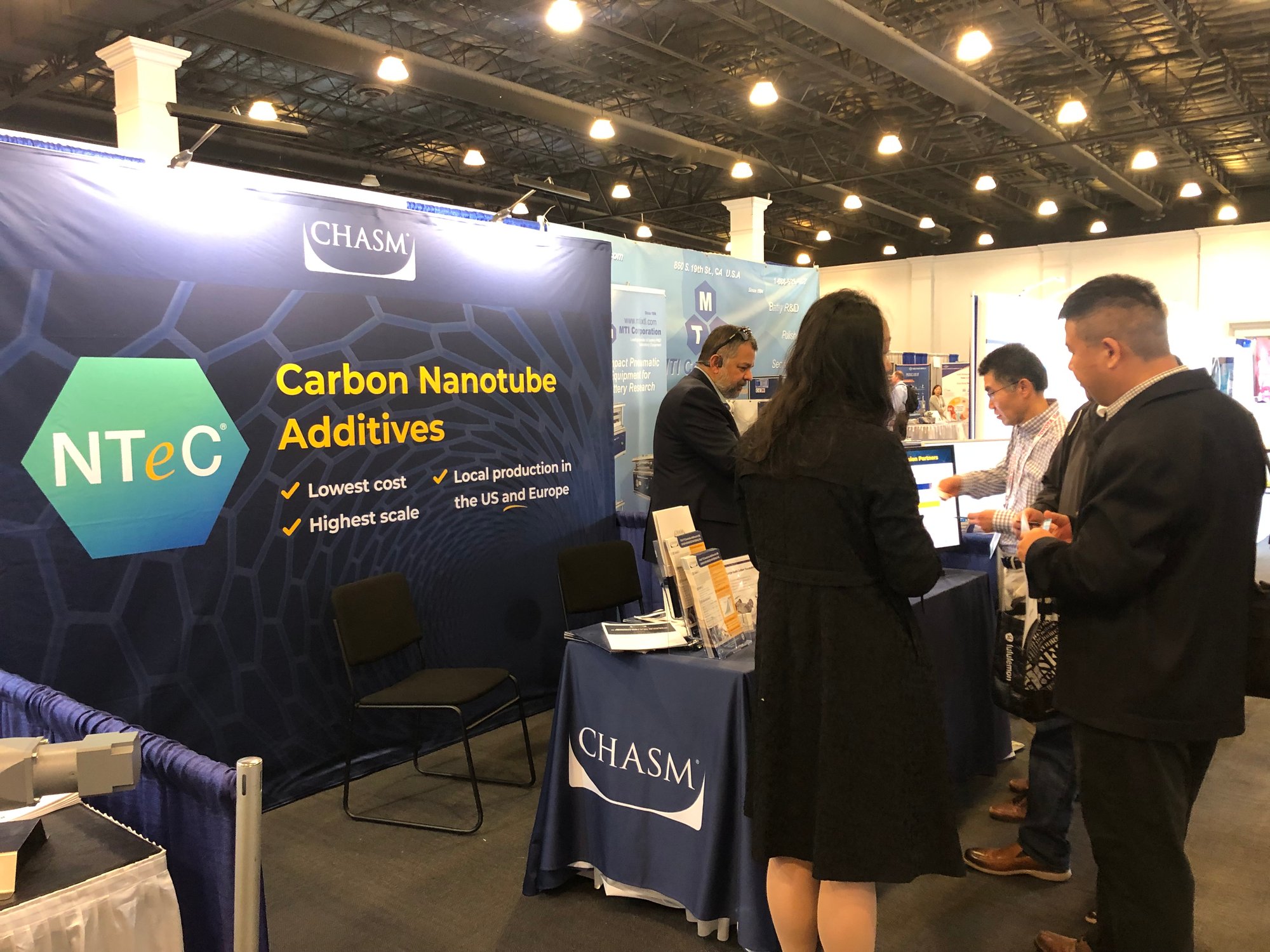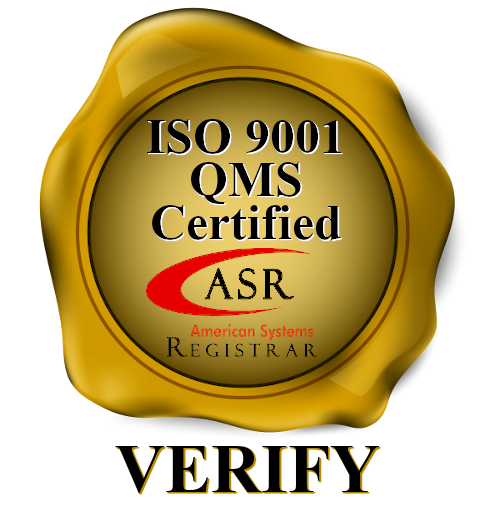As technology grows and evolves, the materials we use must be able to keep up—or they will be replaced. When it comes to transparent conductive materials, indium tin oxide (ITO) has long been the top solution, but that is no longer true when it comes to flexible substrates. Increasingly, the market is demanding that technology be thinner, more flexible, and more formable. ITO is not ideal for use on flexible plastic films, which means that it cannot meet the needs of the market.
For that reason, there is a burgeoning, unmet market need for an ITO alternative addressing the limitations of ITO on flexible plastic films. Several transparent conductive film (TCF) material categories have been introduced to the market, each with limited commercial traction.
Click here to get your free copy of the State of ITO Alternatives Whitepaper
The Search for an ITO Alternative
Before considering the alternatives available to you, it’s important to have a well-founded basis of comparison. Strictly comparing the properties or costs associated with the films would be far from inconclusive at best because there are widely varying costs associated with producing the final patterned circuits. Additionally, the inherent properties of particular films can make them more or less susceptible to handling damage during manufacture or may necessitate additional processing for environmental reasons. Therefore, it is essential to take the big picture into account as you consider each alternative.
Historically, there have been four main TCF categories on the market. They include:
Conductive Polythiophene
Conductive Polythiophene, more commonly known as PEDOT, is a conductive plastic material. It directly addressed the weak points of using ITO on plastic film, so it initially showed some market traction. However, there are factors that prevented PEDOT from mass adoption.
Pros:
PEDOT is flexible, stretchable, and formable. The material accommodates low-cost circuit patterning through printing, providing an advantage over the patterning cost associated with ITO.
Cons:
For better or worse, the standard for transparent conductive film performance has been set by ITO. Success as an ITO alternative requires performance at least as good as ITO on plastic film. Unfortunately, PEDOT proved unable to meet (or exceed) this bar; because of PEDOT’s sheet resistance, using the material means compromising optoelectronic performance.
Additionally, PEDOT has a problem with environmental stability, which is vital for certain TCF applications. Certain industries, such as the automotive or marine industries, employ rigorous testing standards to ensure UV stability and humidity/temperature aging. For PEDOT to meet these standards, UV protection and/or moisture barrier films must be added. Both of these options mean a sizable increase in expense.
Carbon Nanotubes
Carbon nanotubes (CNTs) came to the market as an answer to some of the disadvantages of ITO and PEDOT. CNTs offered some advantages, but still had its own drawbacks. With the introduction of newer ITO alternatives, CNTs are no longer considered a good option.
Pros:
Similar to PEDOT, carbon nanotubes (CNTs) offer flexibility and formability. They also enable low-cost circuit patterning through printing. CNTs are also far more environmentally stable than PEDOT.
Cons:
Despite their benefits, CNT transparent conductive films have even higher sheet resistance than PEDOT at the same transparency, making them unsuitable for most TCF applications. The technology continued to develop over time, approaching parody with PEDOT. However, the introduction of metal mesh and silver nanowire—both offering much lower ohms/square at high transparency—pushed CNTs out of the market.
Metal Mesh
Unlike continuous thin film materials such as PEDOT or CNT, metal mesh (MM) is a mesh pattern that is either printed or etched. It resembles a window screen. The introduction of MM (and silver nanowires, but more on that later) reset the bar for transparency and conductivity.
Pros:
The conductive portion of the MM pattern uses traces that have a large enough cross-sectional area to provide low sheet resistance while the open areas, or voids, in the mesh pattern are large enough to deliver high transparency. This combination gives MM a significantly lower sheet resistance than ITO at the same transparency. It is also far more flexible than ITO.
Cons:
The pattern of MM itself is a drawback. Much like the view through a screen window is noticeably obstructed, MM’s metal conductors are typically visible. This can be distracting for the user. Fine line printing using line widths ≤ 6μm can help reduce the mesh visibility, but there is a big tradeoff in cost and scalability. Additionally, creating TCF circuit patterns in MM typically requires photolithographic etching, which is expensive. Lastly, it remains to be seen how formable the MM structure is.
Silver Nanowires
Silver nanowires (AgNWs) are a polymer composite material. Silver nanowires are combined with a binder, then top coated with a polymer to protect the silver nanowires from environmental damage. These materials offer a solution that is on par with metal mesh—but they are not without their drawbacks.
Pros:
AgNWs offer all the advantages of MM without a mesh pattern to hinder visibility and aesthetics. They have achieved some commercial traction due in part to their application in touch screens for mobile devices. They offer better transparency/conductivity performance than ITO on plastic with a flexible (and possibly even formable) material. They initially offered a cost advantage, but ITO suppliers have dropped their prices in response.
Cons:
AgNW’s environmental stability is questionable, especially during UV and high temperature/high humidity aging tests. Additionally, to protect AgNWs from corrosion, an insulating polymer is used to encapsulate and protect the wire network. This makes robust electrical connections to the TCF circuit features challenging.
When it comes to circuit patterning, AgNWs increase complexity and cost. Like ITO, AgNWs are patterned using laser ablation. The process must be done through the AgNW composite without damaging the plastic film substrate. This means an even smaller process window than for ITO on plastic, making the process even slower. Additionally, there’s a higher risk of damage to the substrate.
Printed CNT Hybrids: A Complete Transparent Conductive Film Solution
TCF solutions are continuing to grow and adapt to the current market needs, but as of right now, none of these existing materials offers a complete solution. Using any of them means compromising transparency, conductivity, environmental stability, cost—or some combination thereof.
Luckily, as the market grows, so does the availability of high-quality solutions. Enter printed CNT hybrids. This material category offers a complete solution which outperforms all of its predecessors. Interested in learning more about CNT hybrids and how you can use them? Download your free white paper, The State of ITO Alternatives, to discover the advantages of this high-quality TCF material.

.jpg)



